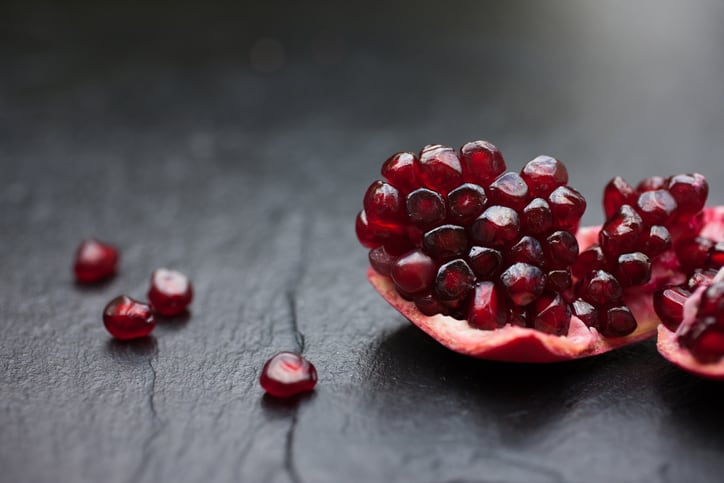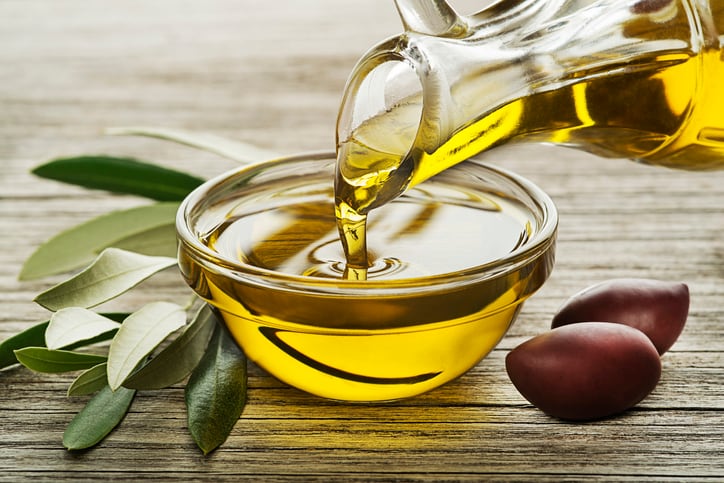BAPP announced yesterday that a Memorandum of Understanding (MOU) has been signed with the International Association for the Advancement of High Performance Thin Layer Chromatography (HPTLC Association). The MOU means that with one click on a link on the BAPP website interested parties can have access to 285 validated methods for the identification of herbal ingredients.
BAPP is a cooperative venture between the American Botanical Council, the American Herbal Pharmacopoeia and the National Center for Natural Products Research at the University of Mississippi.
Wider cooperation
The HPTLC Association, which was founded in 2012, is based in Rheinfelden, Switzerland. Stefan Gafner, PhD, technical director of BAPP and chief science officer of AMC, said the organization is the brainchild of German analytical device manufacturer CAMAG. The association now has more than 100 members from 18 countries.
The effort brings together researchers from academia, industry, research, regulatory, and standard-setting bodies, and contributes to the improvement of quality and quality control of traditional herbal medicines and herbal dietary supplements. Goals of the association include the development and validation of analytical standards for plants and plant materials sold in commerce and their known adulterants, and to serve as the leading worldwide resource for scientifically sound information on HPTLC.
“These are methods that are generally accepted for the identification of these herbal ingredients. That’s where BAPP aligns very well, because these methods can be used to identify many important ingredients in the industry,” Gafner told NutraIngredients-USA.
While it was possible to find and use the methods before, Gafner said the new MOU will raise their awareness for the audience that BAPP reaches.
“The goal is to enhance the visibility of the HPTLC Association to the people in the industry,” Gafner said.
Gafner said the MOU has been a collaboration that has been building for a number of years. HPTLC Association methods have been referenced on a number of occasions in BAPP’s series of Lab Guidance Documents, he said.
Atlas of herbal ingrdieants
According to ABC, one of the most useful resources offered by the HPTLC Association is its HPTLC Atlas (referred to as “The International Atlas for Identification of Herbal Drugs” on the HPTLC Association’s website). This is an online compendium of HPTLC fingerprints from the same plant species collected in many places around the world that can help laboratory analysts to compare the chemical variability of plants from different geographical areas.
The Atlas also provides chemical fingerprints from known confounding materials (sometimes used as adulterants) which will be of help for quality control personnel involved in botanical ingredient manufacturing. The Atlas can also be a resource for laboratory analysts in academic research and government regulatory agencies.
“We are deeply grateful for this excellent collaboration with our friends at the HPTLC Association who have generously made their high-quality analytical resources available to botanical ingredient quality control personnel on an international basis,” said Mark Blumenthal, founder and executive director of ABC and director of BAPP. “The vast range of HPTLC fingerprints will no doubt assist botanical industry members on a global scale in ensuring that plant materials being proposed for use as ingredients for consumer botanical health products are authentic and free from non-disclosed adulterants that are sometimes added to botanical ingredients by unscrupulous producers and sellers of fraudulent materials.”
Roy Upton, AHP President, expressed his strong support for HPTLC as an important analytical method for botanical materials: “We are pleased to feature the contributions of the HPTLC Association intended to help AHP members in their herbal authentication work. AHP was a founding member of the HPTLC Association and has supported the development of numerous methods featured in the Association’s Method Collection.”




